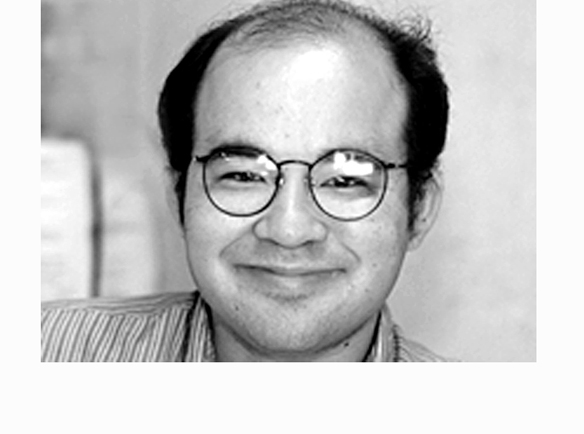Culture clash can be an interesting thing.
For example, my mother and I just got back from a trip to Tokyo.
This was not a pleasure trip, although I did have time for Akihabara’s anime shops and we both paid a visit to Meiji Shrine and went to the top of the Tokyo Skytree, the tallest tower on Earth.
For the most part, this was a family obligation trip. My father died several years ago, and Japanese tradition requires a memorial observance every few years.
Culture clash can be an interesting thing.
For example, my mother and I just got back from a trip to Tokyo.
This was not a pleasure trip, although I did have time for Akihabara’s anime shops and we both paid a visit to Meiji Shrine and went to the top of the Tokyo Skytree, the tallest tower on Earth.
For the most part, this was a family obligation trip. My father died several years ago, and Japanese tradition requires a memorial observance every few years.
I may be half-Japanese and I am proud to be part of California's large Japanese-American population, but I don't know much about traditional Japanese cemetery visits or memorial services. So, we left the details of organizing these events to my Uncle Jiro.
In addition to the “official” events, the Fujita family also held an informal luncheon at a nearby restaurant for relatives, co-workers and friends who were not expected to take part in the temple ceremonies but who still wanted a way to remember my father. We left that to Jiro to plan as well — he knew who to contact and had all of the addresses.
The temple ceremony was thankfully simple (a little bowing, a little bit of incense and a little listening to Buddhist chanting) but also a reminder of how foreign Japan can still feel after years of modernization and westernization. I might have appreciated it more if I understood more Japanese — or maybe it would have still been just a lot of chanting. The grave visit was better. Yanaka Cemetery is a beautiful place in an old-fashioned part of Tokyo, and for some reason, cleaning the grave held more meaning to me.
Overall, it was a good trip. Japan's famous politeness was on full display from the airport to the post office to the convenience store. Not even our limited knowledge of Japanese could put a damper on the seemingly endless supply of cheerful helpfulness.
Japan is generally very service-oriented, with people constantly cleaning windows or picking up trash, greeting people at department stores, answering questions at subway station gates, multiple people working the register at convenience stores and so on. It made me wonder how small would our unemployment problem be if American corporations hired as many people as Japanese companies obviously do.
This combination of a large workforce and relentless helpfulness could be seen everywhere. When I needed a traveler’s check cashed at the post office, it took several people to figure out the (now largely obsolete) form of currency, but they did so quickly and politely.
Politeness may be impossible to import to the United States, but I can’t understand why we can’t bring the incredibly useful Japanese convenience store to America.
Sure, we have convenience stores in the United States, but the experience just isn't the same. When I am in Japan, I often feel that it is impossible to eat too heavily or eat too unhealthfully. Perhaps it is the portions, or the ingredients used, but even convenience store food in Japan seems healthy and is tasty.
I have long envied Tokyo’s extensive subway system and I still do.
The subway culture will take time for us to develop in Los Angeles. We need faster trains, more stations, more station entrances and more buildings with easy access to the stations we have. I think that if we keep building, we will inevitably develop a subway culture here.
Tokyo has a wonderful combination of the past and the future mixed together. The ultra-modern Tokyo Skytree overlooks ancient temples and shrines, and is not that far from the oldest sections of the city. The highly traditional Meiji Shrine has very trendy and fashionable Harajuku and Omotesando just outside its main entrance — but then Meiji Shrine itself is dedicated to the emperor who helped modernize the nation, so perhaps it makes sense. Tokyo may chase changing fads, but it does know how to preserve what it considers to be important.
Japan is a great place to experience culture clash — even if the culture sometimes clashes with itself.
James Fujita is a former GVN news editor. He works as a copy editor for the Visalia Times-Delta in California’s Central Valley. Fujita can be contacted at jim61773@yahoo.com.



















